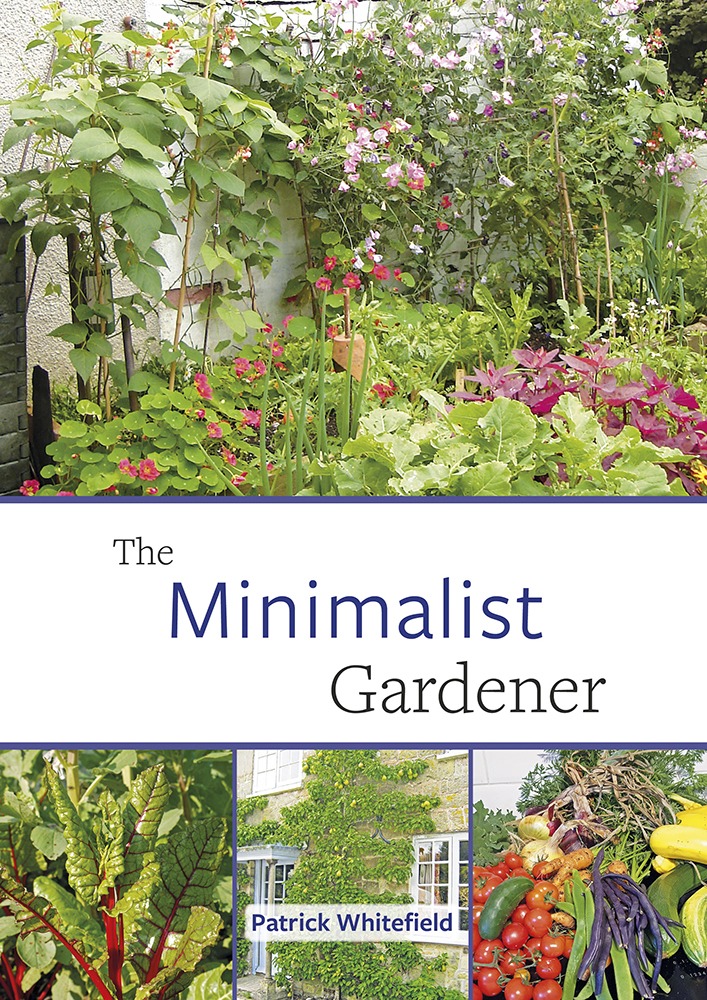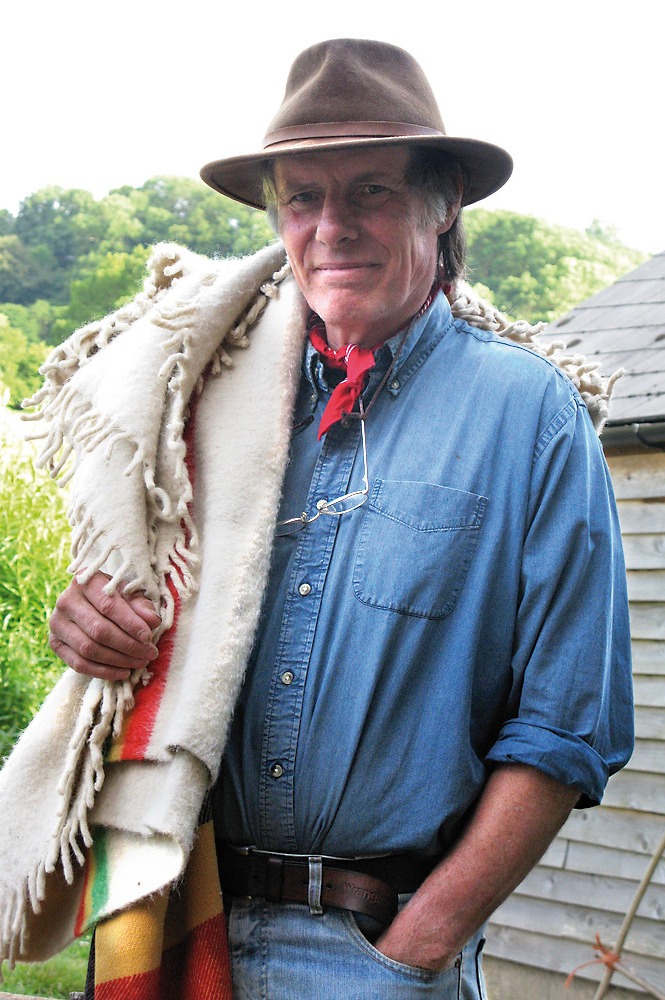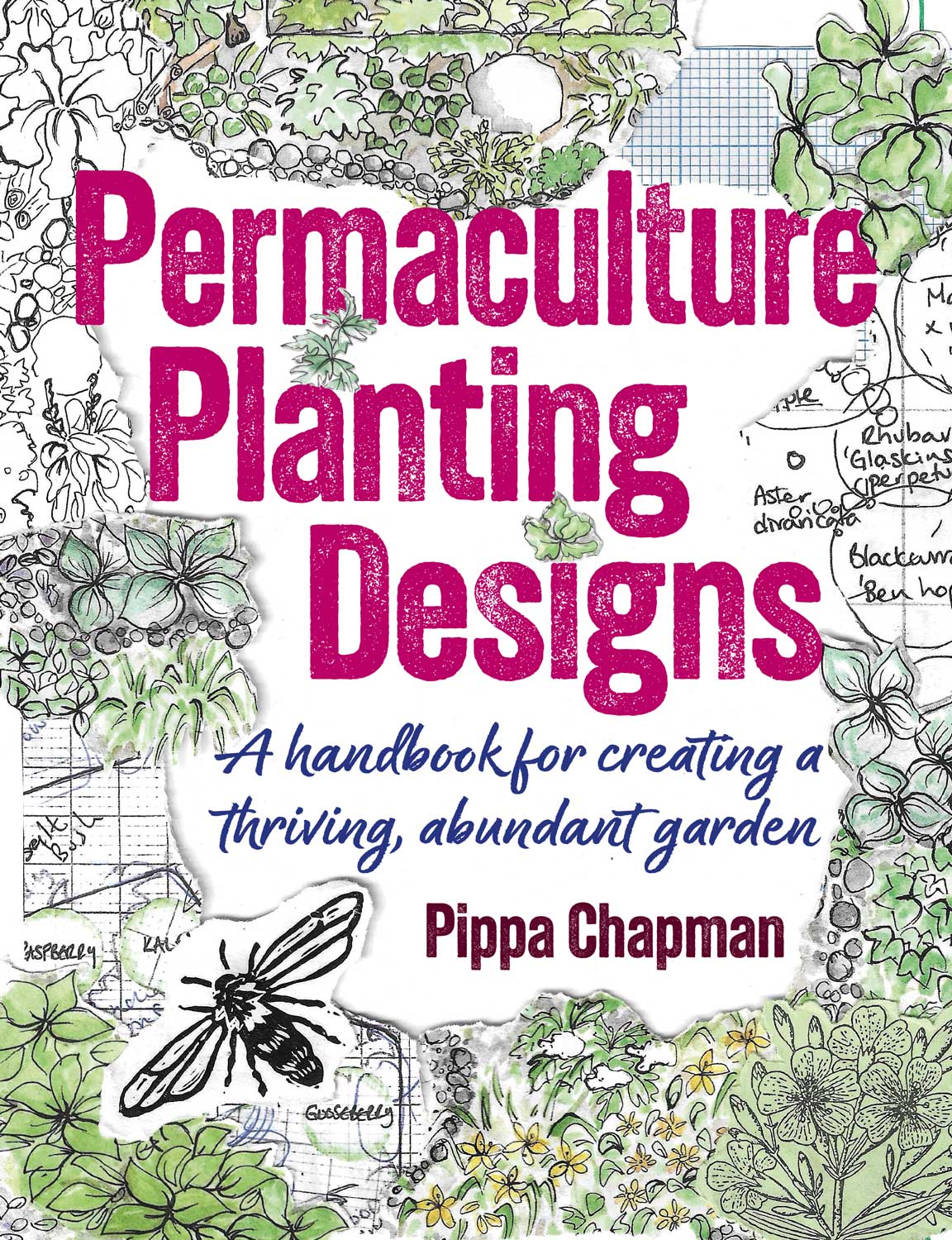
This is low input, year round No Dig gardening that provides your kitchen with delicious fresh food, whilst not breaking your back. Written by an acknowledged expert, this friendly guide will help you grow food in whatever space you have – large or small, rural or urban – with minimal bought in inputs, and maximum satisfaction.
This is the first in a collection of Patrick Whitefield’s pioneering writings, celebrating his life. It explores the cutting edge of permaculture gardening that is eminently practical and visionary all at the same time. Patrick describes an evolving system which is totally chemical free, requiring little input from outside the garden gate. His minimalist approach uses techniques like No Dig, raised beds, perennial vegetables and self-seeding salads as ground cover and mulching when appropriate. This minimises garden maintenance whilst growing an abundance of produce year round. Patrick describes how to select plants based on what you like to eat and how to combine them in polycultures that confuses pest. He mixes annual hybrids, heritage varieties and perennial vegetables and has a pragmatic approach to selecting seeds and seed saving. There are tips on selecting fruit varieties, from berries to fruit trees, including how to choose rootstocks and varieties.
Book Details
Published: October 2017
ISBN: 978 1 85623 285 2
Size: 240mm x 170mm
Format: Paperback, 152pp. Colour photos throughout
Author

Patrick Whitefield (11th February 1949 – 27th February 2015) was an early pioneer of permaculture, adapting Bill Mollison’s teachings with a strong Southern Hemisphere bias to a cooler, maritime climate such as the British Isles. He wrote a number of seminal books, Permaculture in a Nutshell (1993), How to Make a Forest Garden (1996), a new edition of Tipi Living (2000), The Living Landscape (2009), How To Read the Landscape (2014) and his magnum opus, The Earth Care Manual (2004), an authoritative resource on practical, tested, cool temperate permaculture. Patrick was born in Devizes, Wiltshire and brought up on a smallholding in Somerset. He qualified in agriculture at Shuttleworth College, Bedfordshire and after several years working in agriculture in the Middle East and Africa, he settled in central Somerset.




